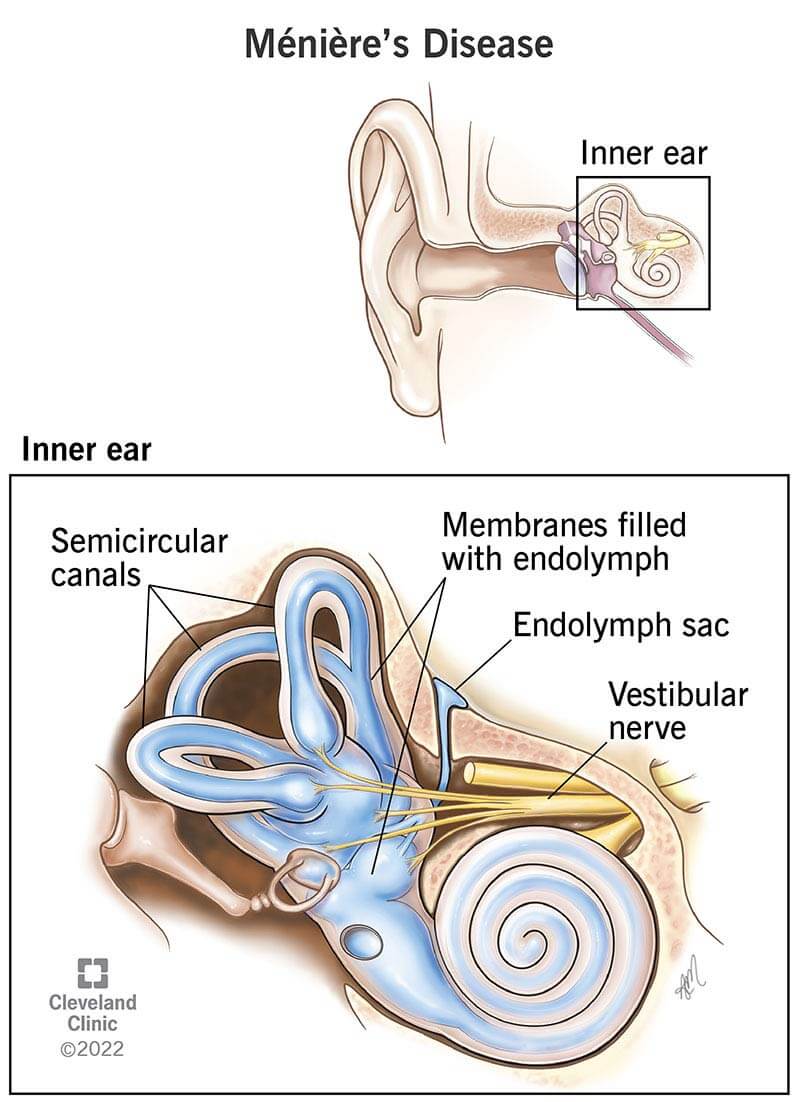A nurse is receiving report on a group of clients. Which of the following clients should the nurse assess first?
A client who has a chest tube and reports a pain level of 6 on a scale of 0 to 10.
A client who received parenteral cephalosporin and reports urticaria and edema.
A client who is being admitted with bilateral stage 3 pressure injuries on both heels.
A client who has a systemic infection and an oral temperature of 39.1°C (102.4°F).
The Correct Answer is B
Choice A Reason
A client who has a chest tube and reports a pain level of 6 on a scale of 0 to 10. While pain management is important, this client is not in immediate life-threatening danger. Pain can be addressed after ensuring there are no urgent allergic reactions or other critical conditions.
Choice B Reason
A client who received parenteral cephalosporin and reports urticaria and edema. This is the correct choice. Urticaria (hives) and edema (swelling) can indicate an allergic reaction, which can progress to anaphylaxis, a life-threatening condition. Immediate assessment and intervention are required to prevent severe complications.
Choice C Reason
A client who is being admitted with bilateral stage 3 pressure injuries on both heels. While stage 3 pressure injuries are serious and require prompt attention, they do not pose an immediate life-threatening risk compared to a potential anaphylactic reaction.
Choice D Reason
A client who has a systemic infection and an oral temperature of 39.1°C (102.4°F). Although a systemic infection with a high fever is concerning and needs timely intervention, it is not as immediately life-threatening as a potential anaphylactic reaction.
Nursing Test Bank
Naxlex Comprehensive Predictor Exams
Related Questions
Correct Answer is D
Explanation
Choice A Reason
Maintain strict bed rest. This intervention is not typically recommended for managing Ménière’s disease. While rest during acute vertigo episodes is important, strict bed rest is not necessary and can lead to other complications such as muscle atrophy and decreased mobility.
Choice B Reason
Restrict fluid intake to the morning hours. This statement is incorrect. Fluid intake should be evenly distributed throughout the day to help manage the symptoms of Ménière’s disease. Restricting fluids to the morning hours can lead to dehydration and does not effectively manage the condition.
Choice C Reason
Administer aspirin. This intervention is not recommended for Ménière’s disease. Aspirin can worsen tinnitus, a common symptom of Ménière’s disease, and is generally avoided in these patients.
Choice D Reason
Provide a low-sodium diet. This is the correct intervention. A low-sodium diet helps reduce fluid retention in the body, which can decrease the pressure in the inner ear and help manage the symptoms of Ménière’s disease. Reducing sodium intake to 1,500-2,000 milligrams per day is often recommended.

Correct Answer is C
Explanation
Choice A Reason
Axillary temperature 37.2° C (99° F). This temperature is within the normal range and does not indicate an immediate need for intervention. Normal body temperature ranges from 36.1° C to 37.2° C (97° F to 99° F).
Choice B Reason
Apical pulse 100/min. While a pulse rate of 100 beats per minute is on the higher end of the normal range, it is not necessarily indicative of an immediate life-threatening condition. Normal resting heart rate for adults ranges from 60 to 100 beats per minute.
Choice C Reason
Respiratory rate 30/min. This is the correct answer. A respiratory rate of 30 breaths per minute is significantly higher than the normal range of 12 to 20 breaths per minute for adults. This could indicate respiratory distress or other complications that require immediate intervention.
Choice D Reason
Blood pressure 140/84 mm Hg. While this blood pressure reading is elevated and may require monitoring, it does not indicate an immediate life-threatening condition. Normal blood pressure is typically around 120/80 mm Hg, but a reading of 140/84 mm Hg is not uncommon and can be managed with appropriate care.
Whether you are a student looking to ace your exams or a practicing nurse seeking to enhance your expertise , our nursing education contents will empower you with the confidence and competence to make a difference in the lives of patients and become a respected leader in the healthcare field.
Visit Naxlex, invest in your future and unlock endless possibilities with our unparalleled nursing education contents today
Report Wrong Answer on the Current Question
Do you disagree with the answer? If yes, what is your expected answer? Explain.
Kindly be descriptive with the issue you are facing.
